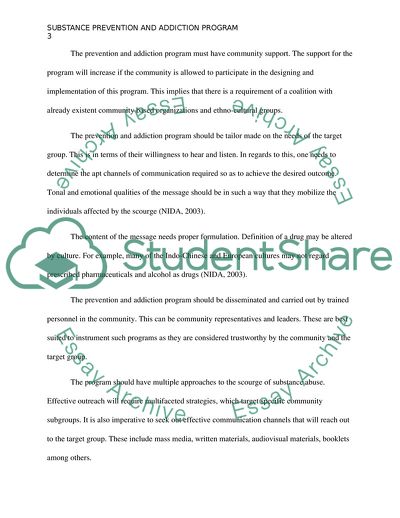Cite this document
(Substance Prevention and Addiction Program Business Plan Example | Topics and Well Written Essays - 2250 words, n.d.)
Substance Prevention and Addiction Program Business Plan Example | Topics and Well Written Essays - 2250 words. https://studentshare.org/psychology/1770521-substance-abuse-prevention-program
Substance Prevention and Addiction Program Business Plan Example | Topics and Well Written Essays - 2250 words. https://studentshare.org/psychology/1770521-substance-abuse-prevention-program
(Substance Prevention and Addiction Program Business Plan Example | Topics and Well Written Essays - 2250 Words)
Substance Prevention and Addiction Program Business Plan Example | Topics and Well Written Essays - 2250 Words. https://studentshare.org/psychology/1770521-substance-abuse-prevention-program.
Substance Prevention and Addiction Program Business Plan Example | Topics and Well Written Essays - 2250 Words. https://studentshare.org/psychology/1770521-substance-abuse-prevention-program.
“Substance Prevention and Addiction Program Business Plan Example | Topics and Well Written Essays - 2250 Words”. https://studentshare.org/psychology/1770521-substance-abuse-prevention-program.


